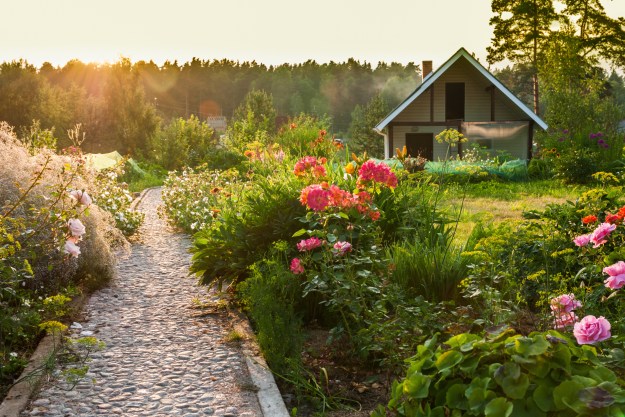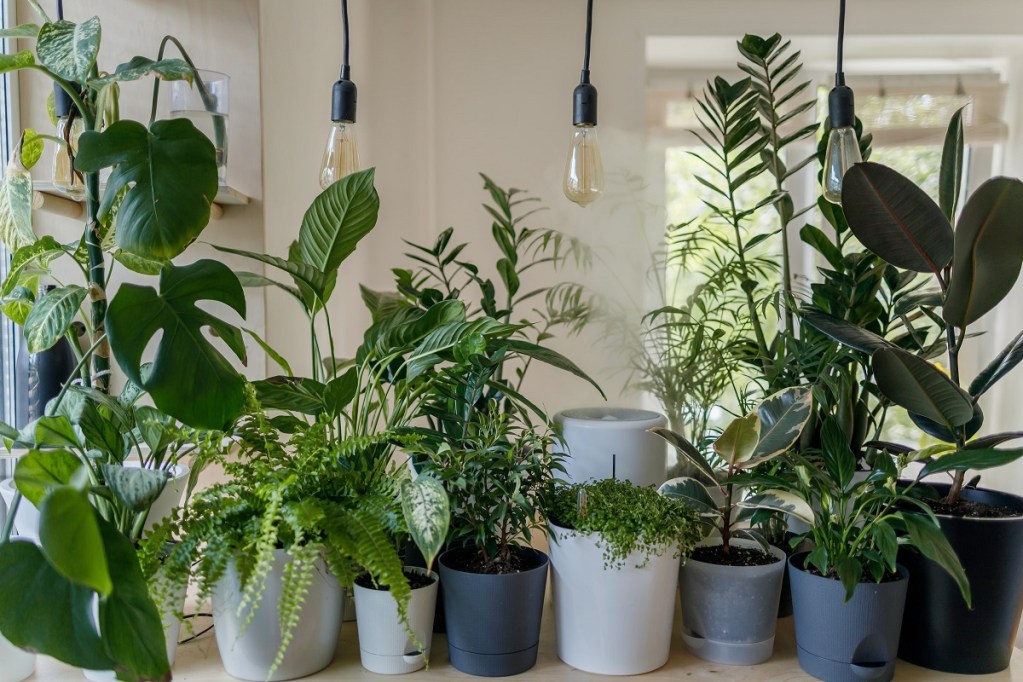
There are many unique and inspiring gardening trends and techniques from around the world that you can incorporate into your own garden. Thanks to the internet, it’s easier than ever to learn about these techniques, where they come from, and how to try them out for yourself. One gardening method that’s becoming more popular in the U.S. is kokedama. Curious about what kokedama is or eager to give it a try? Here’s our simple guide to this fascinating gardening method.
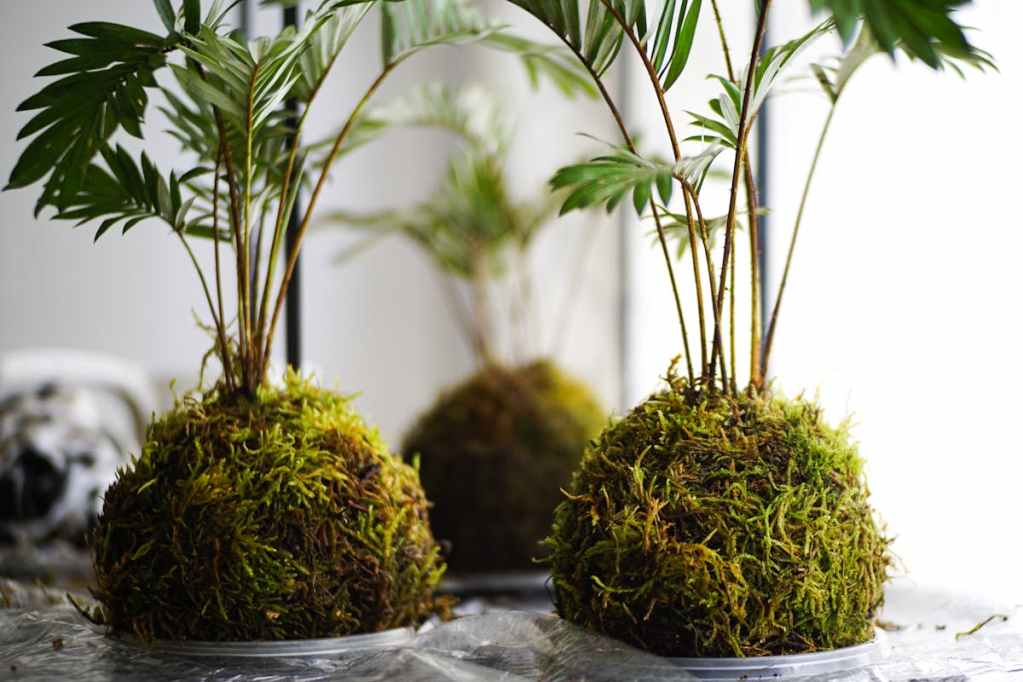
What is kokedama?
Kokedama is a traditional Japanese gardening method related to bonsai gardening. Dating back centuries, this method involves growing plants in a ball of soil that is wrapped in moss and bound with some form of twine, string, or wire. The plant is rooted in the soil, the moss keeps the soil together and helps keep it moist, and the twine keeps the moss in place.
In addition to being functional, kokedama is also beautiful. They can be hanging or standing planters, although when left standing, they are often set in decorative plates, dishes, or bowls to prevent them from tipping over.
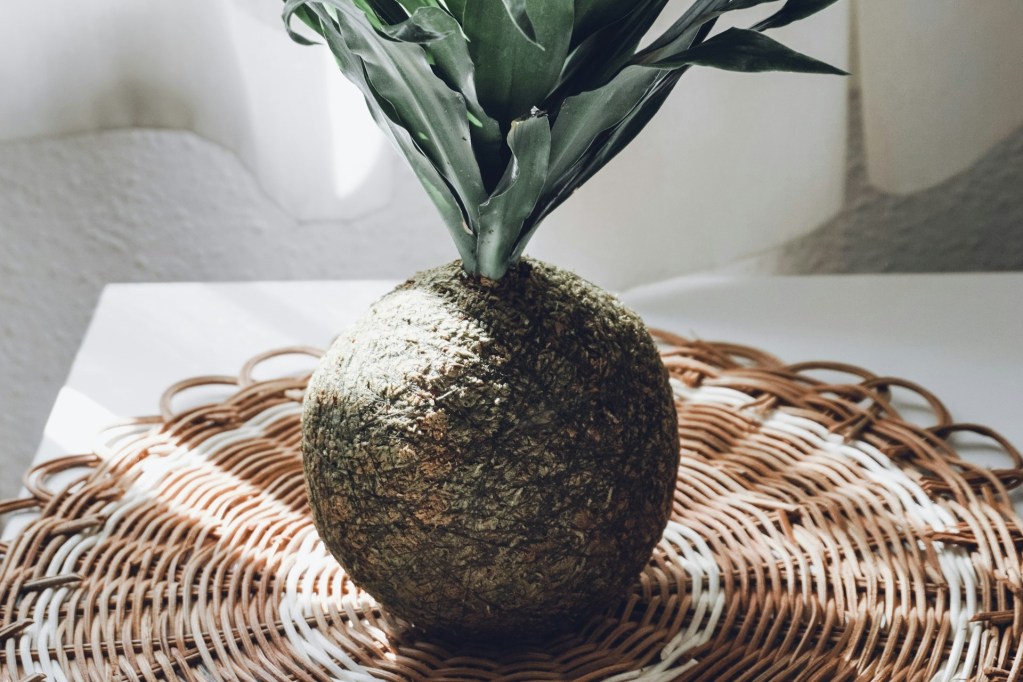
The best plants to grow with this method
Because of the size constraints (the larger your soil ball is, the more difficult it is to maintain), plants that stay small, have shallow roots, or that grow more slowly are ideal for this gardening method. Larger plants and plants that grow quickly are not well suited to kokedama, as the plant will outgrow the moss ball and need to be repotted.
Most fern varieties do well in kokedama. Zz plants, snake plants, spider plants, pothos, and philodendrons will grow well with this method. Flowering plants such as orchids, African violets, and bromeliads can provide some color for your kokedama.

How to make a kokedama
Start by forming the soil ball. Use regular potting soil and add water slowly to avoid it becoming muddy. You want the soil just damp enough to stick together without crumbling. The rough ratio to be aware of is that 1 cup of soil will make a 2-inch diameter ball. Pack the soil like a snowball to create your sphere.
Once the ball is formed, break it in half and lay your plant gently in the middle. Add extra soil around the roots and reattach the other half of the soil ball.
Next, wrap the ball in sphagnum or peat moss. You can use other kinds of moss, but sphagnum and peat are the best for water retention. Soaking the moss first can make it easier to work with, and make sure to use room temperature or warm water to avoid shocking the moss. Cover the ball completely, as soil can leak through any gaps.
To tie the moss, start at the bottom or top of the ball and wrap the string in diagonals or crisscrossing patterns. Be sure to leave extra string at the beginning to make tying it easier! You don’t need to cover the entire ball in string. If you plan on hanging your kokedama, now is a good time to plan how it will hang and what you will use.
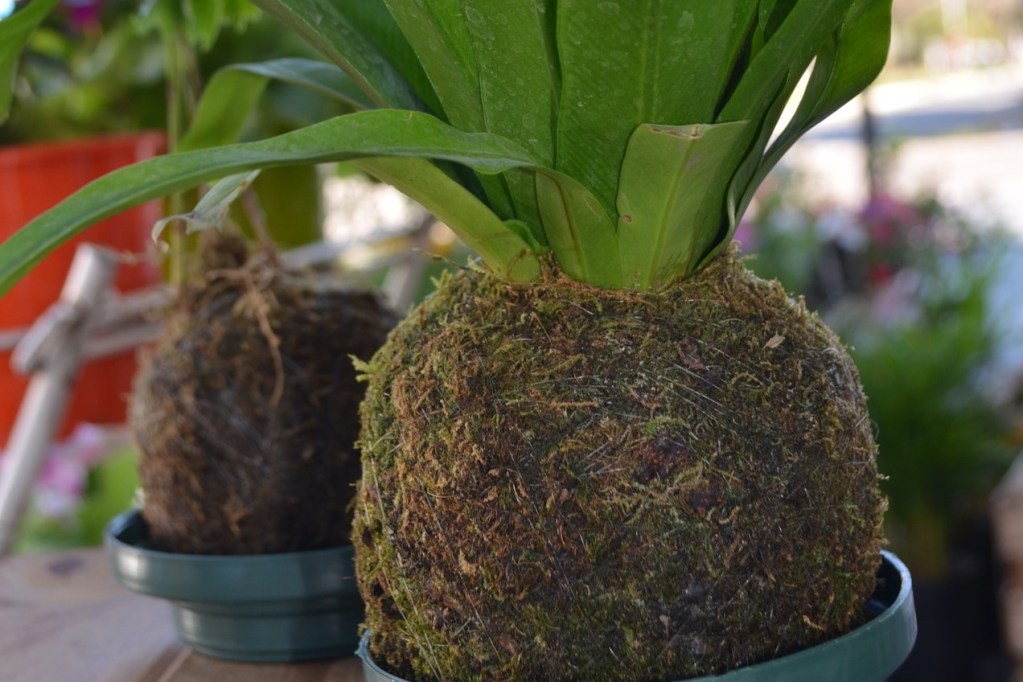
Caring for your kokedama
Most care elements are the same for kokedama as they would be for a container garden. Take into account the plant’s needs when positioning it to ensure it’s getting the right amount of light, humidity, and heat. Water your kokedama by soaking the moss ball in room temperature water for 5 minutes (or longer for larger plants) when it dries out. Depending on the size of the kokedama and the plant’s preferences, this could be every few days or once a week. Add liquid fertilizer to the water every few weeks to every other month.
Kokedama is a beautiful Japanese gardening method for growing many plants. Whether you hang yours in a window or place it on your windowsill, kokedama is a delightful and relaxing way to grow plants. Although it looks impressive, this gardening method is surprisingly easy! Why not give it a try for yourself?
Editors' Recommendations
- Goth style isn’t just a fashion trend – it’s taking over 2024 gardens, too
- Hardening off your seedlings as you bring them outside is crucial – here’s how to do it
- What is a chaos garden, and why should you start one this spring?
- Water lily vs. lotus: What’s the difference and which is right for you?
- Add heliotrope to your garden for stunning purple flowers all summer long


